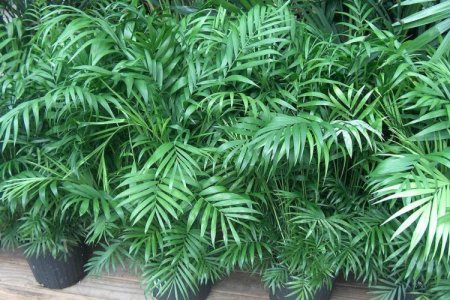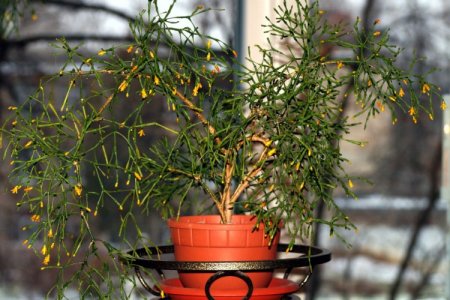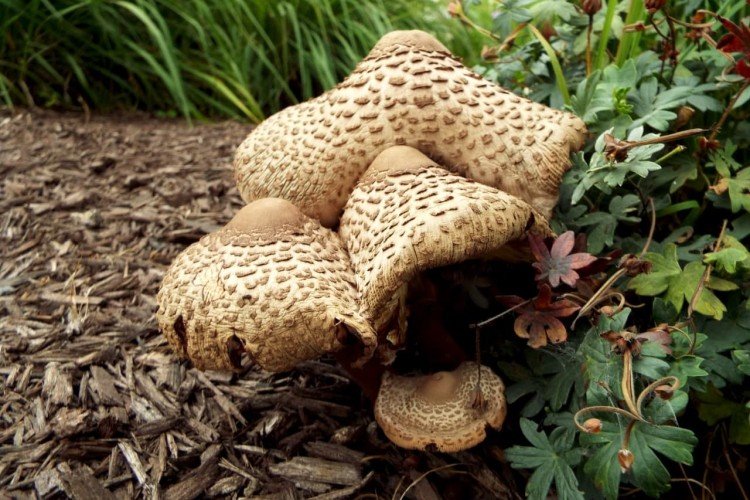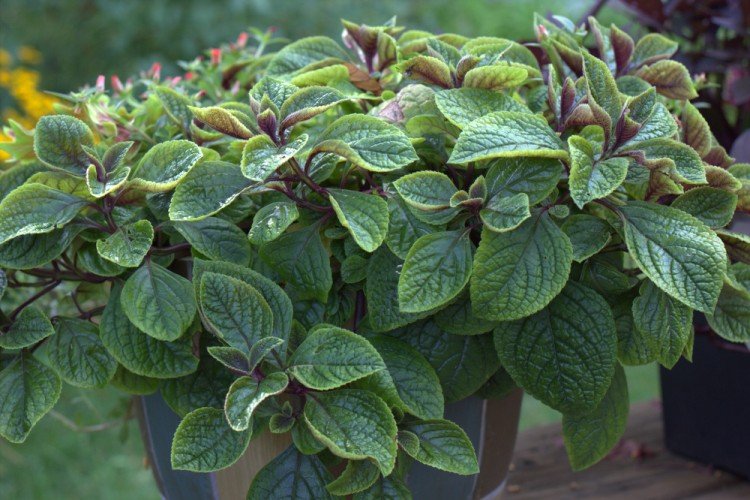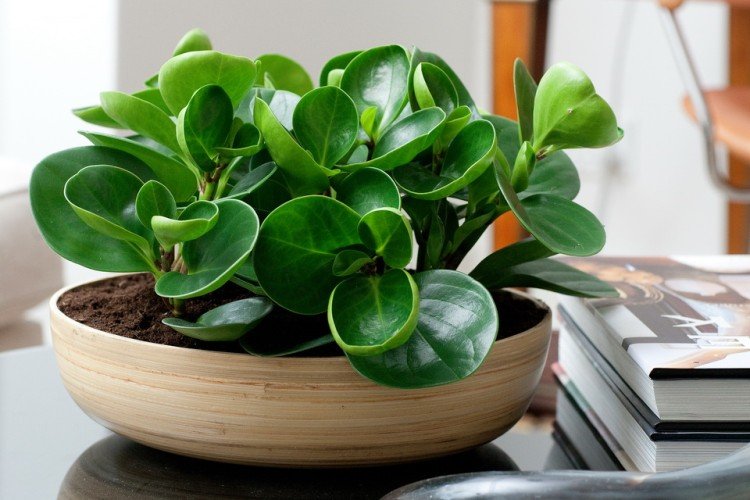
Indoor peperomia is loved for its unpretentiousness, variety of species, versatility and, of course, for its beauty. The tropical plant feels great in the apartment on the windowsill and pleases with its unusual leaves. And in addition, it perfectly cleans the air!
general information
Peperomia is a peppermint, and it is easy to understand by its name. It grows in equatorial and tropical latitudes, and it is almost impossible to combine all hundreds of species with a common characteristic. Among them there are shrubs, grasses, succulents, ampelous plants, epiphytes – whatever.
Almost all types of peperomia have thick, elastic stems, densely covered with dense fleshy leaves. The plant perfectly stores moisture, but at the same time it grows slowly. The shape, shades and sizes are very different from each other. Some varieties are even capable of blooming, but peperomia flowers are not particularly decorative.
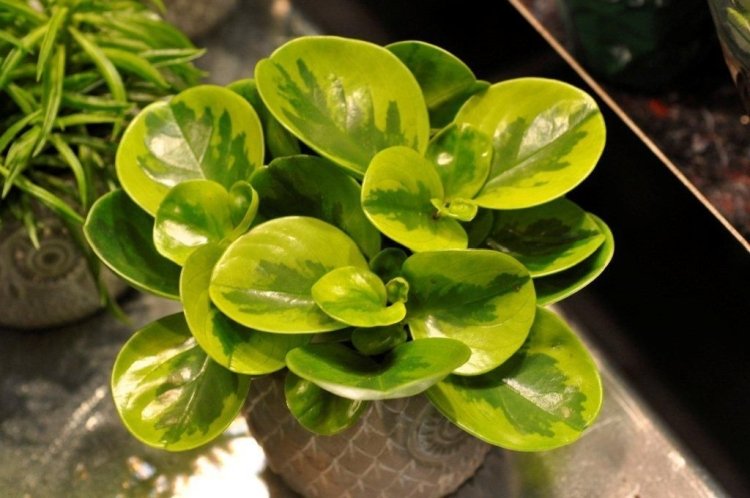
Types of peperomia
Even in our latitudes, dozens of peperomia species are grown in indoor floriculture. You can’t go through all of them at once, but they can be divided into three large groups!
Bush peperomia
A compact bushy plant up to 20 cm in height with soft, bright leaves. They form a lush crown, under which thick stems are almost invisible. Older varieties are occasionally found. The most popular subspecies of bushy peperomia are marbled, reddish, spotted, silvery, and wrinkled. By these names, it is easy to understand how the leaves of one type or another differ.
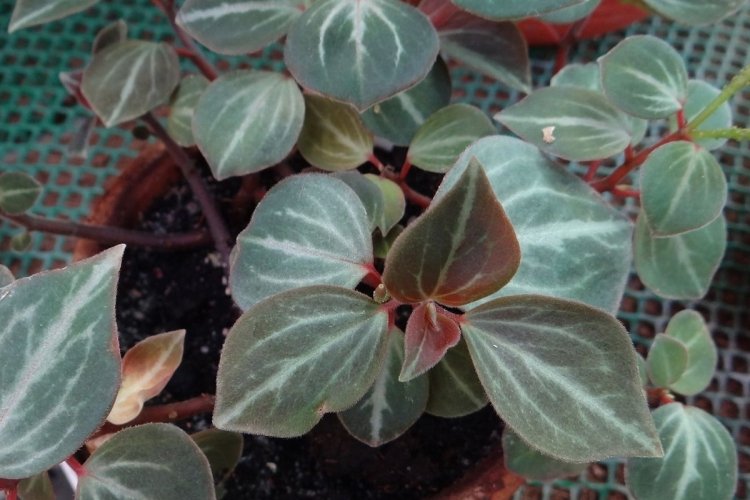
Erect peperomia
It differs from the bushy shape, because the stems are straight, fleshy and of different lengths. Such peperomia seems more chaotic and grows on average up to 35 cm, but there are tall and completely dwarf species. Popular representatives are magnolia-leaved, clusiform, velvety, chisel-shaped and dull-leaved.
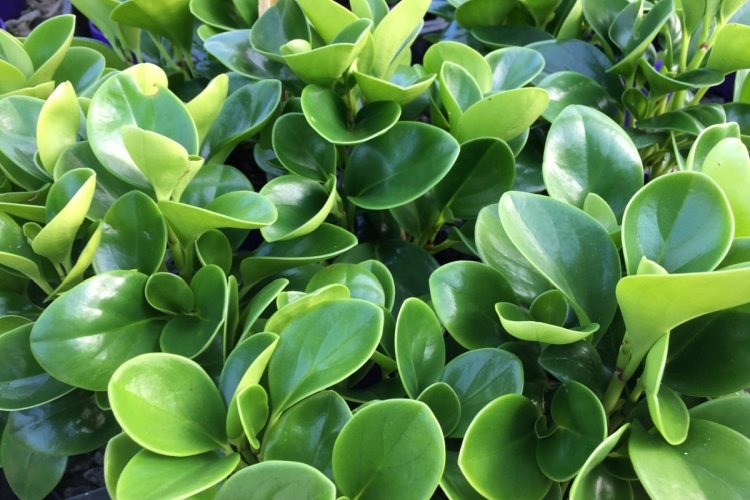
Ampelous peperomia
These are hanging vines that are especially good in hanging planters. They are also densely covered with large beautiful leaves. In addition, they can cling to a support or different surfaces, because in nature they often grow like epiphytes. The subspecies of ampelous peperomia are round-leaved, head, whorled, creeping, creeping and others.
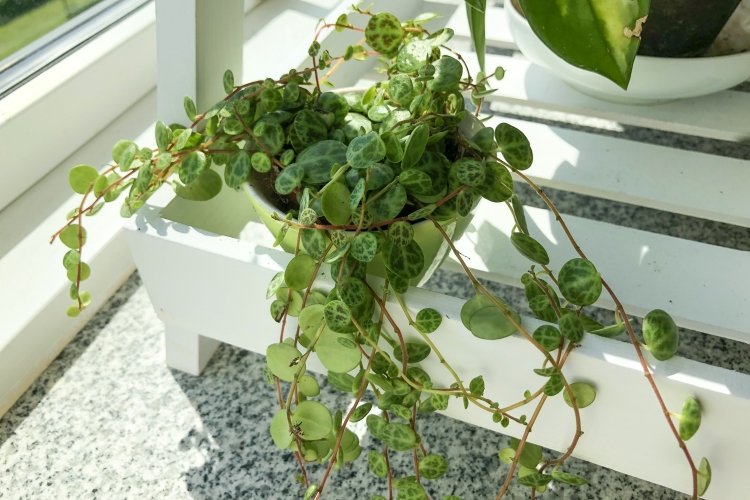
Hamedorea (50 photos): types, cultivation and care at home
Peperomia care
All types of peperomia are quite capricious, and for their cultivation, you will have to strictly adhere to the recommendations. But this beauty is worth the effort!
Temperature
Peperomia loves warmth, prefers temperatures above 20 degrees and does not tolerate well if the thermometer drops below 16. Be sure to avoid drafts, and in winter also cold windowsills.
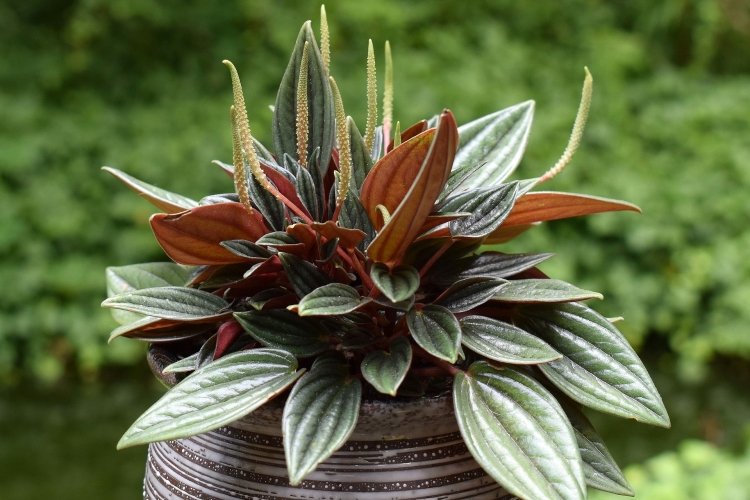
Lighting
The need for lighting depends on the specific species, and to a greater extent – on the color of the leaves. For example, dark varieties tolerate a lack of light better, but variegated varieties need an increased amount of it. But all species need to be shaded from direct sunlight in the middle of the day to avoid burns.
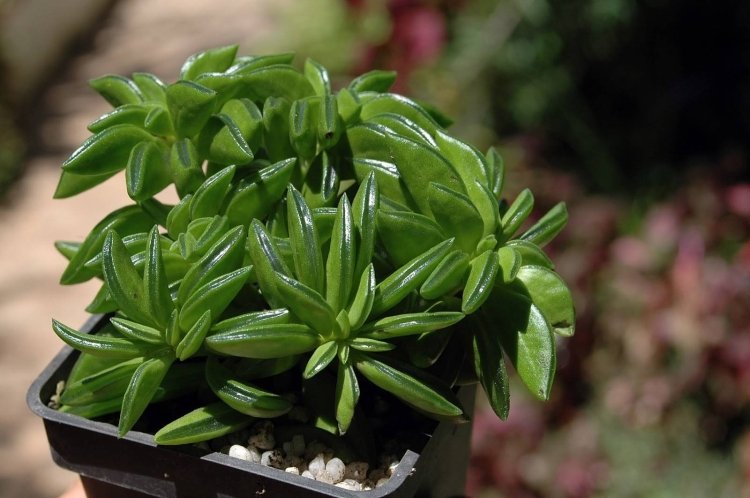
Watering
Peperomia stores a lot of moisture in its shoots and leaves, so even a prolonged drought does not frighten it. But waterlogging is a dangerous enemy for the plant, so do not abuse it with watering even in summer.
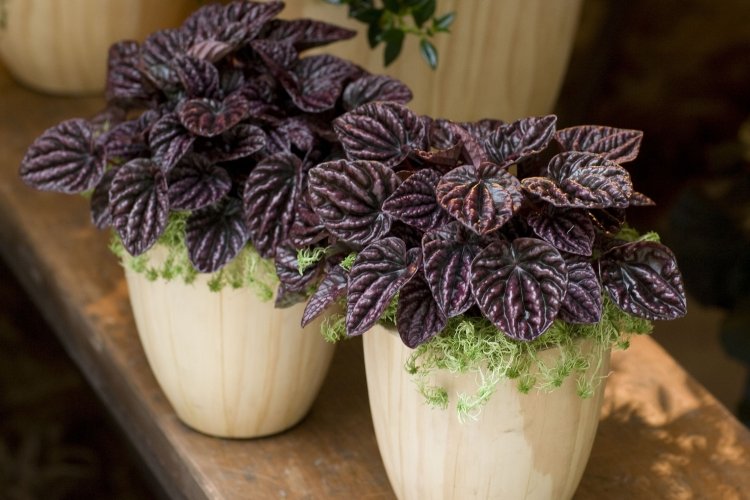
Spraying and moisture
Peperomia is quite indifferent to air humidity, and typical apartment conditions are suitable for her. In summer and during the heating season, species with smooth leaves can be sprayed, but folded, wrinkled and pubescent ones are not needed.
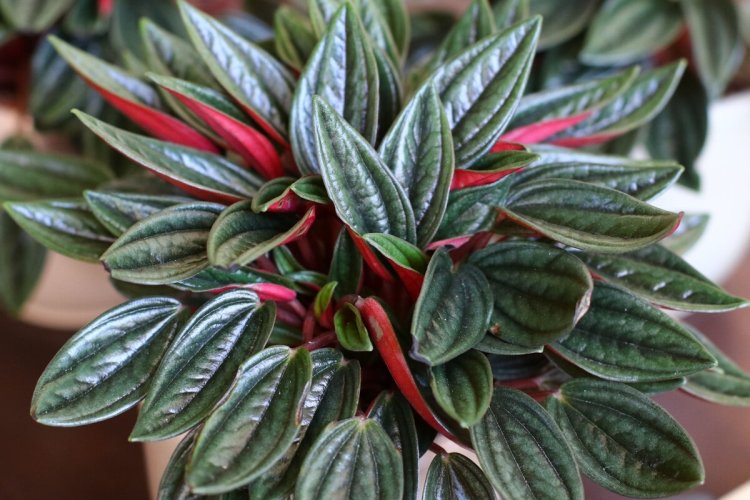
The soil
The soil should be loose and breathable so that water does not stagnate in it. Everything else is just details, and ready-made mixtures for deciduous plants or even universal soil with baking powder are suitable.
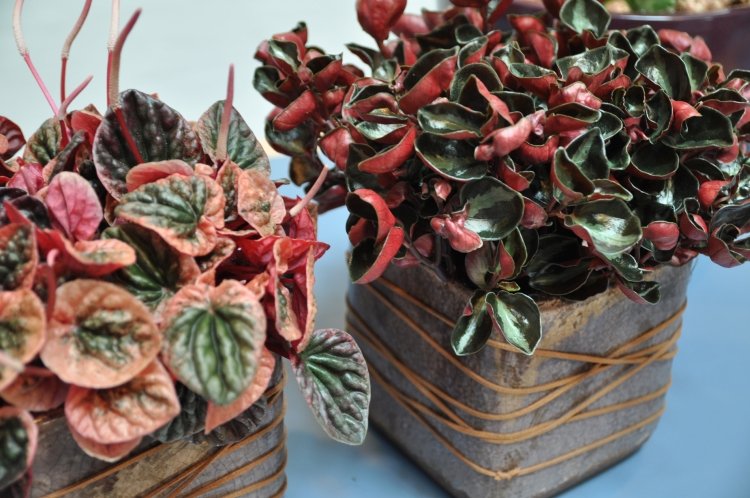
Fertilizers and feeding
In spring and summer, you can feed peperomia with complex mixtures for deciduous about 1-2 times a month. For decorative varieties, rare top dressing is left even in winter, if the room is warm enough.
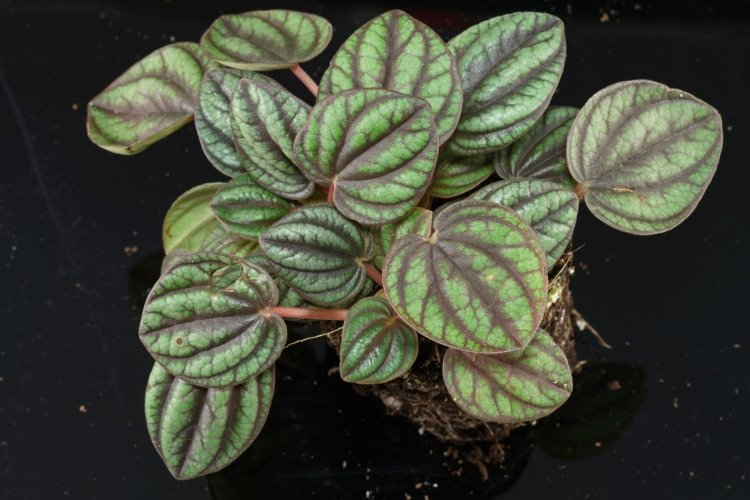
Pruning
Bushy types of peperomia do not need to be cut off at all – just remove diseased and dry shoots. But erect and ampelous pruned in the spring to stimulate branching.
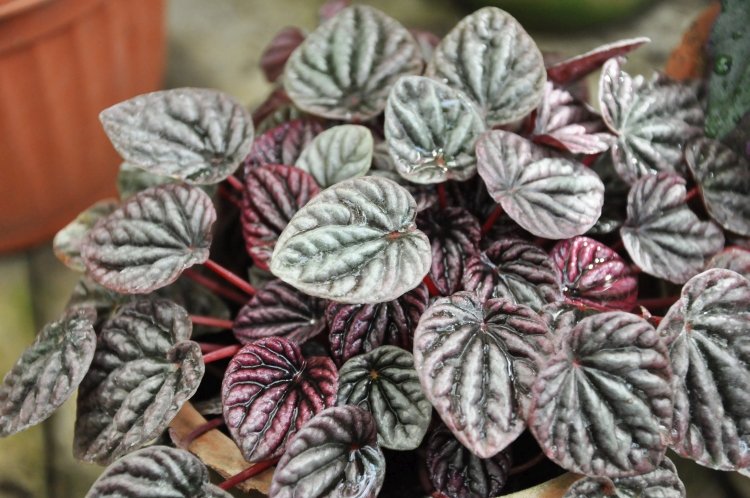
Transfer
Peperomia should not be transplanted too often. This is done as needed, and due to the fact that it grows slowly – once every couple of years. Choose a small flowerpot according to the size of the root system and be sure to make good drainage.
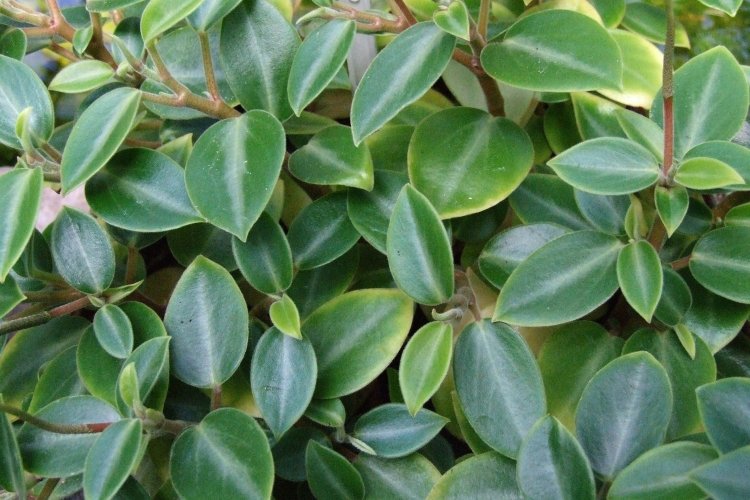
Date palm (50 photos): types, care and cultivation at home
Reproduction and planting of peperomia
Adult peperomia is easiest to propagate by dividing the rhizome during transplantation. It is important that the cuttings are healthy and large enough. They quickly and easily take root in a new place.
Throughout the year, you can propagate the plant by cuttings. There must be at least 1-2 knots on the shoots. It is best to root peperomia not in water, but immediately in loose soil and at high air humidity. Some bush species reproduce well with leaves according to the same principle.
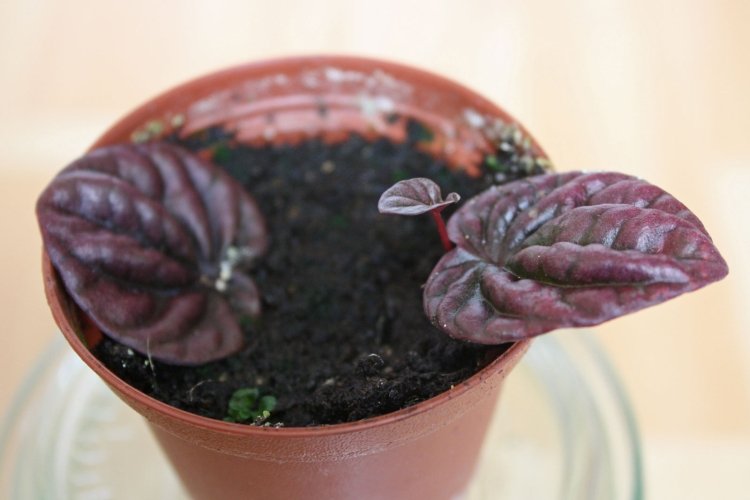
Pest and disease control
At low humidity and high temperatures, thrips appear on the leaves of peperomia. Less commonly, spider mites or mealybugs. The first step is to rinse the plant well with soapy water, increase the humidity and use indoor insecticides.
A more dangerous enemy is nematodes, which literally penetrate the structure of the plant. They can be seen by the dark bumps on the roots. A badly damaged flower will have to be destroyed, but with little damage it can save half an hour in a hot bath and treatment with drugs.
Due to too intensive watering, rot of the root collar or roots appears. The plant needs to be washed, cut off damaged areas, sprinkled with charcoal and transplanted. Complex fungicides help well against the fungus on the leaves and shoots in the early stages.
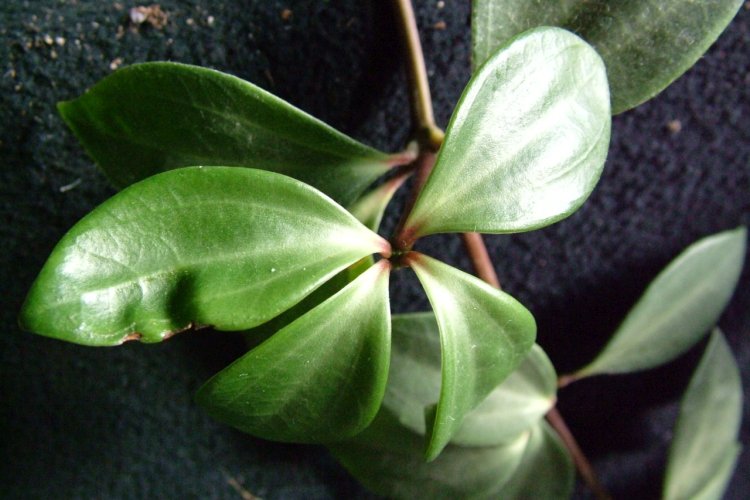
Hatiora (50 photos): types, care and cultivation at home
Peperomia – photo
Peperomias are so diverse that no photo gallery will fit all possible species and varieties. Still, we have collected the most beautiful and interesting of them!
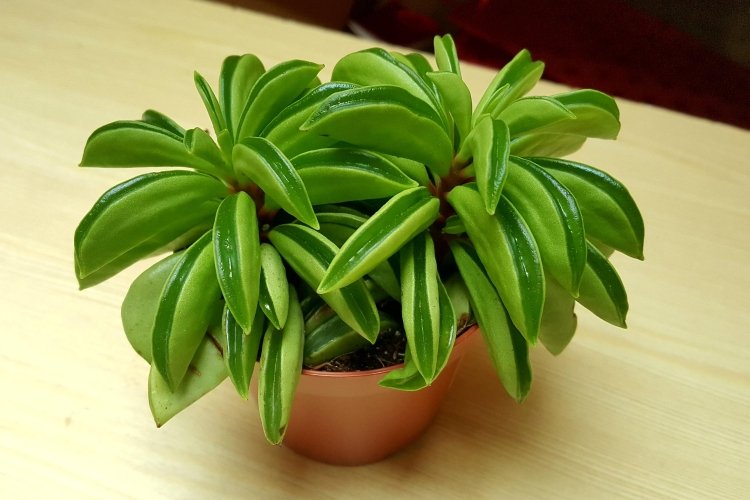
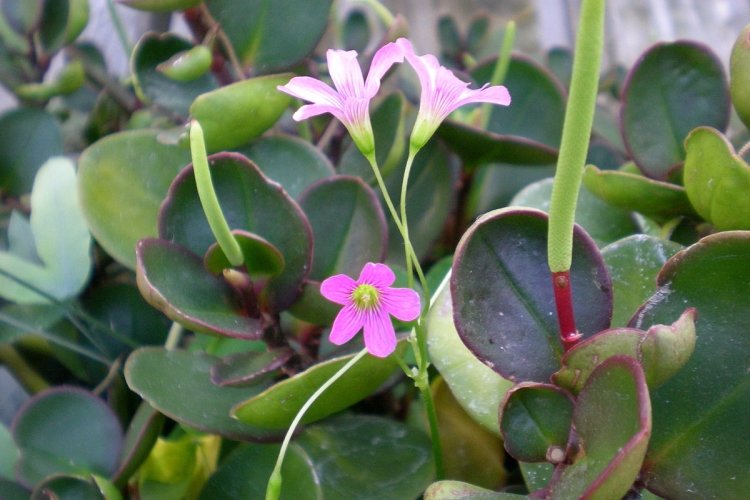
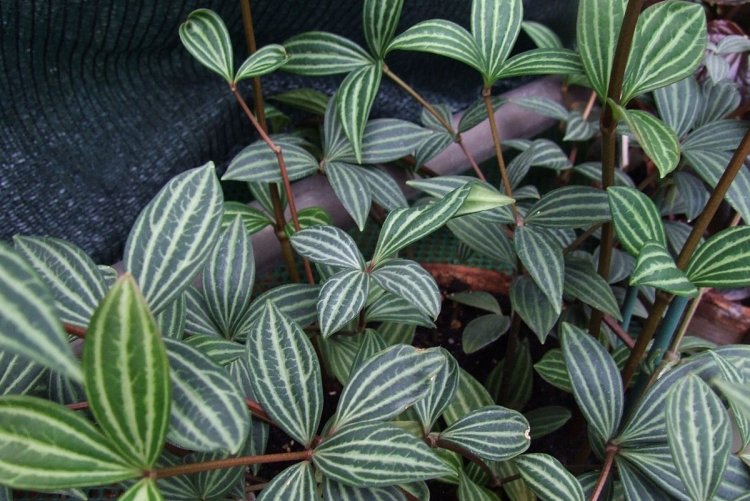
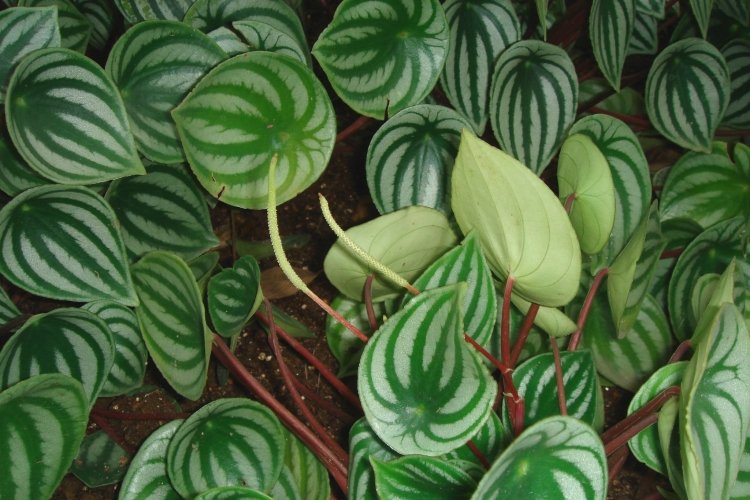
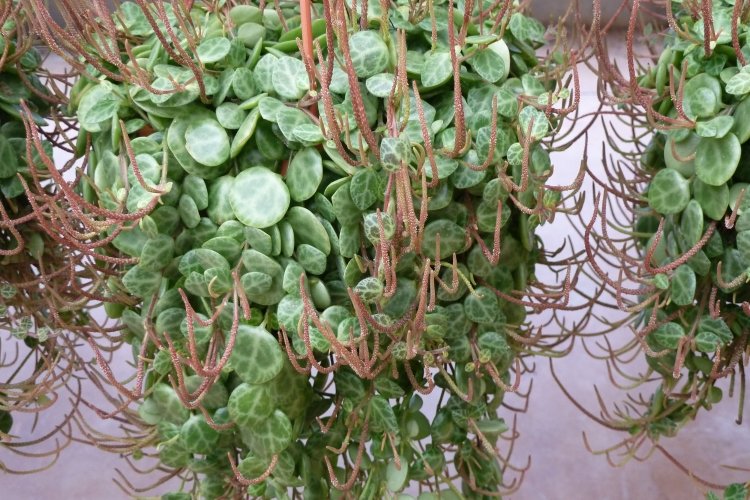
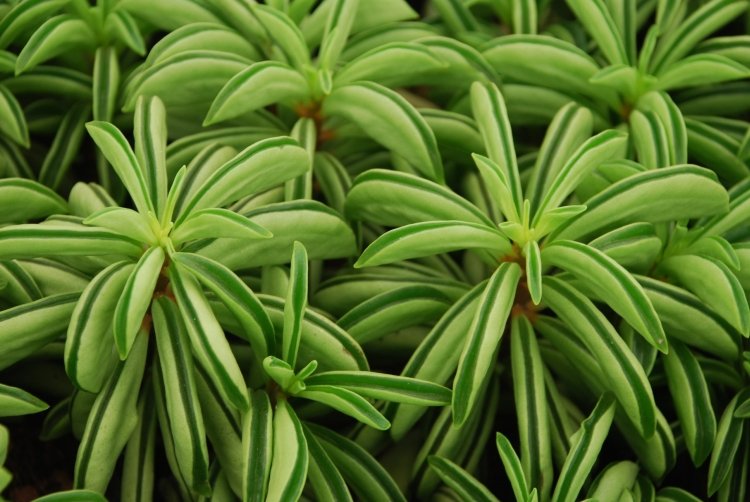
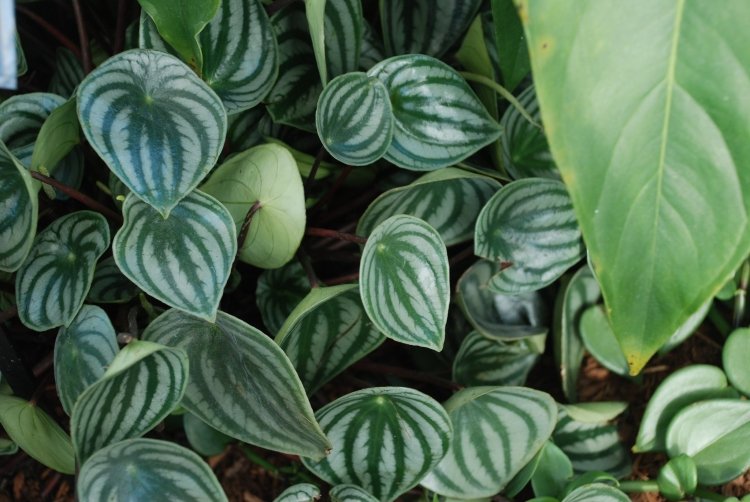
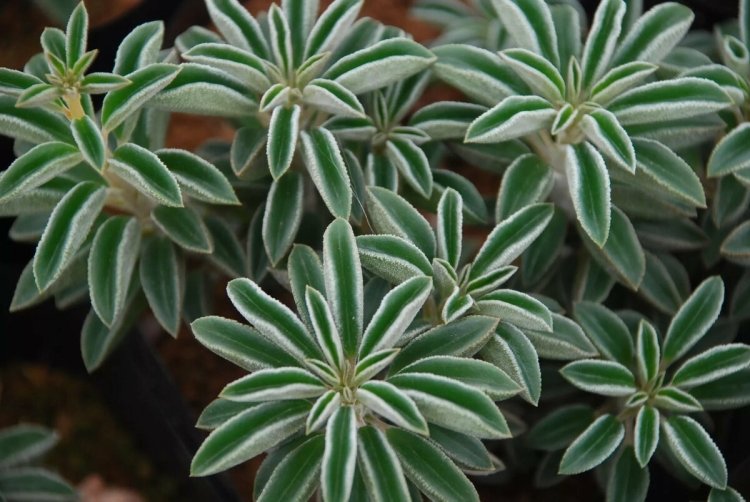
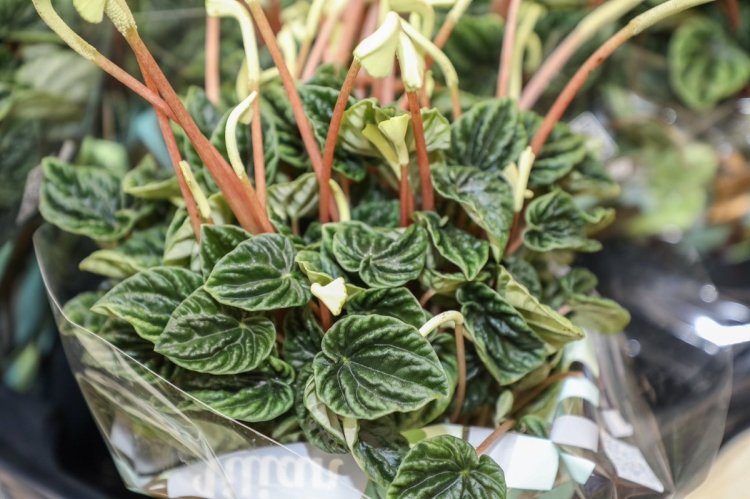
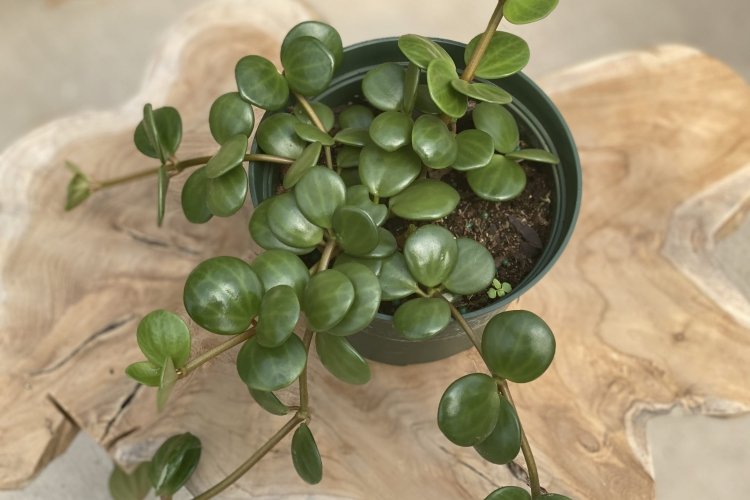
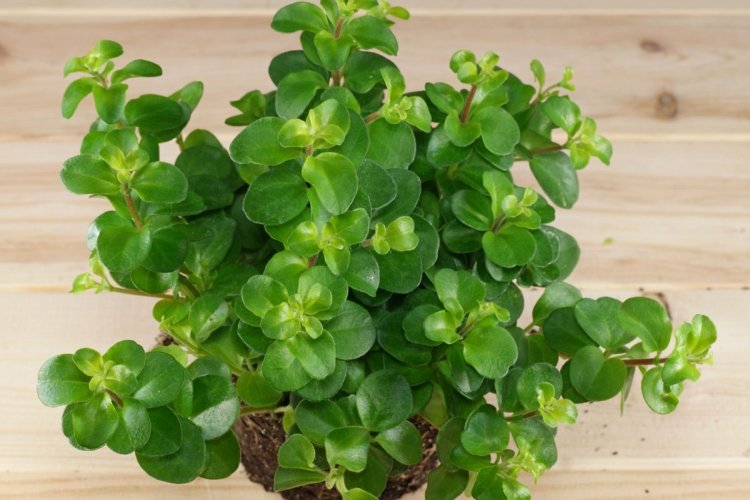
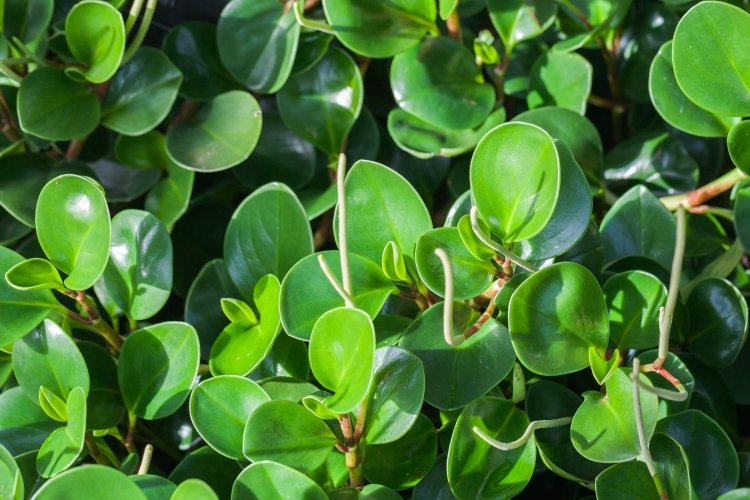
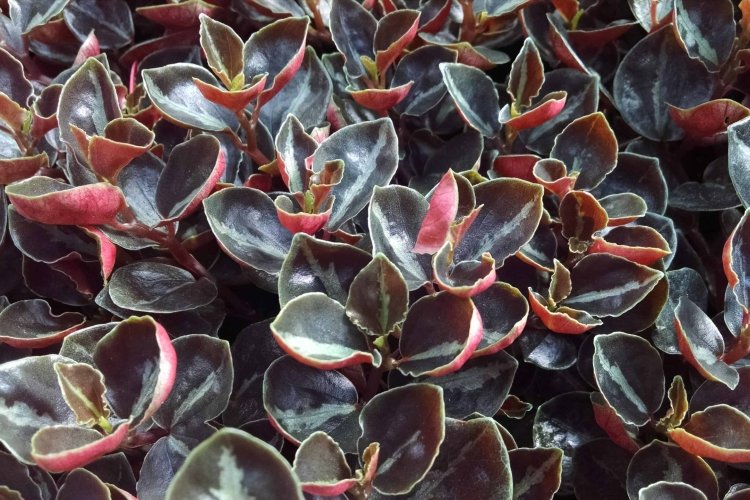
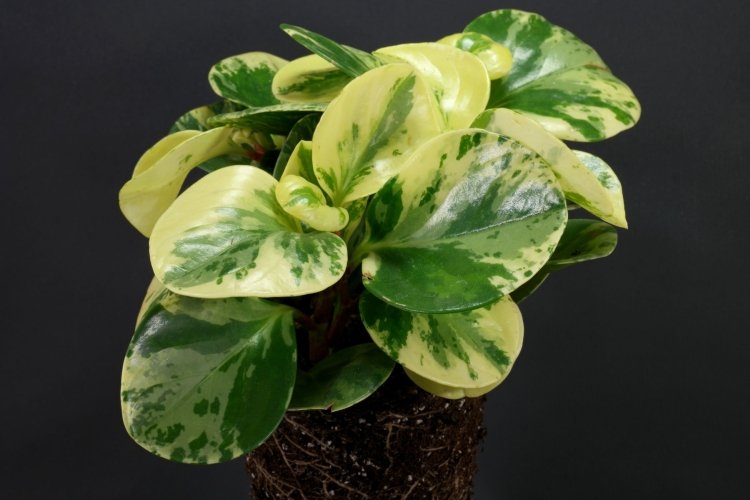
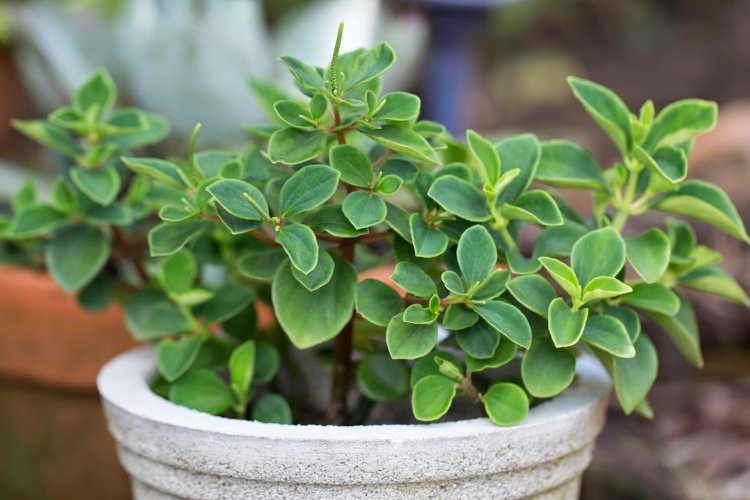
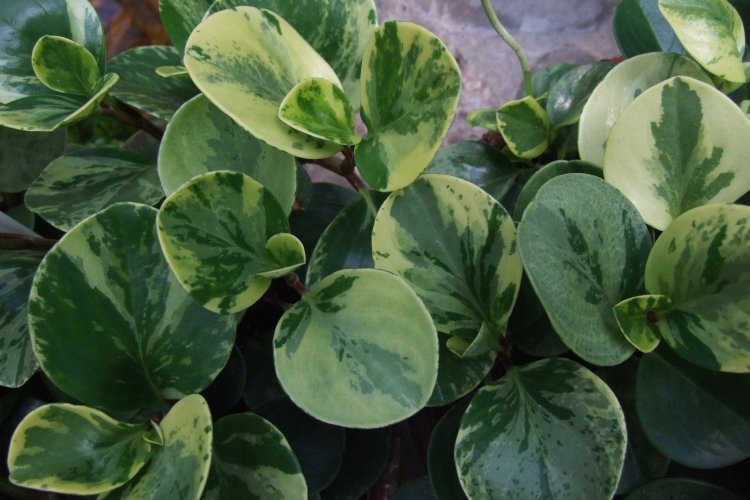
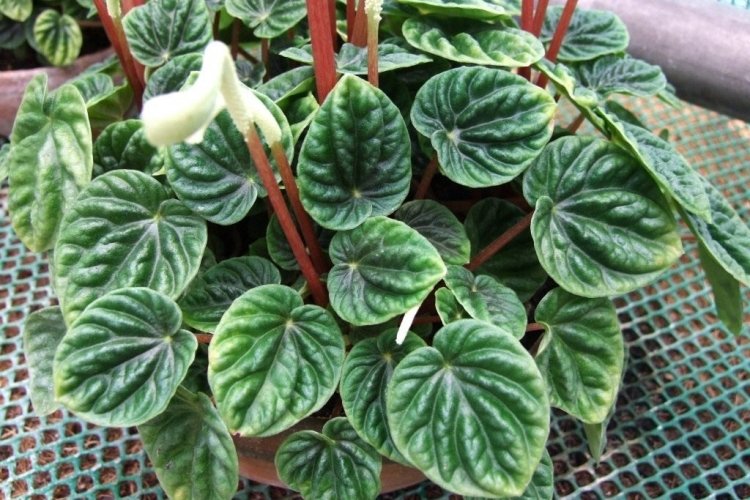
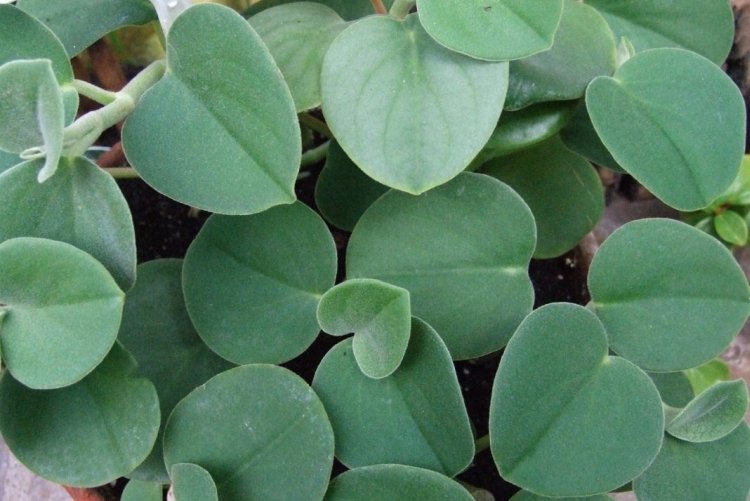
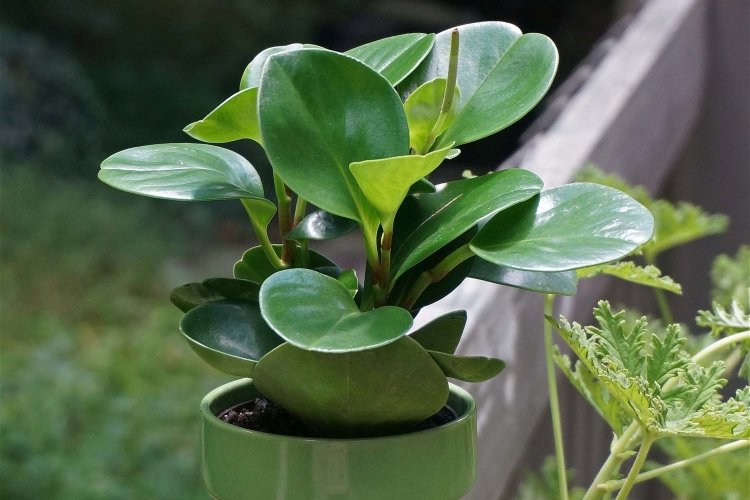
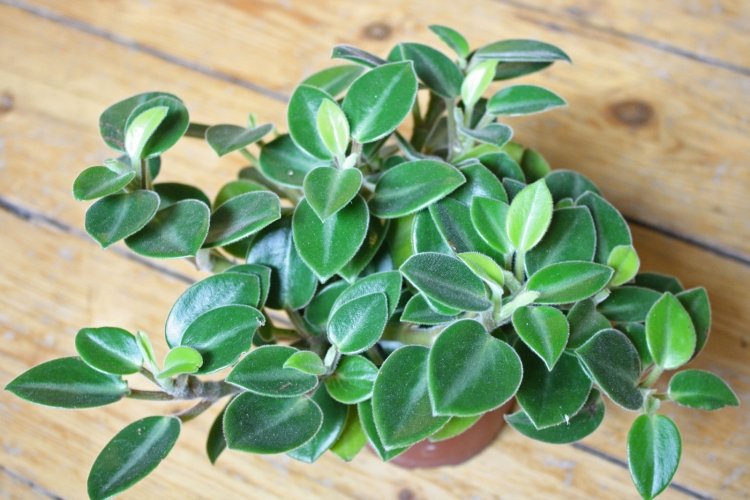
Did you like the publication? Subscribe to our channel in Yandex.Zen, it helps us a lot in development!

